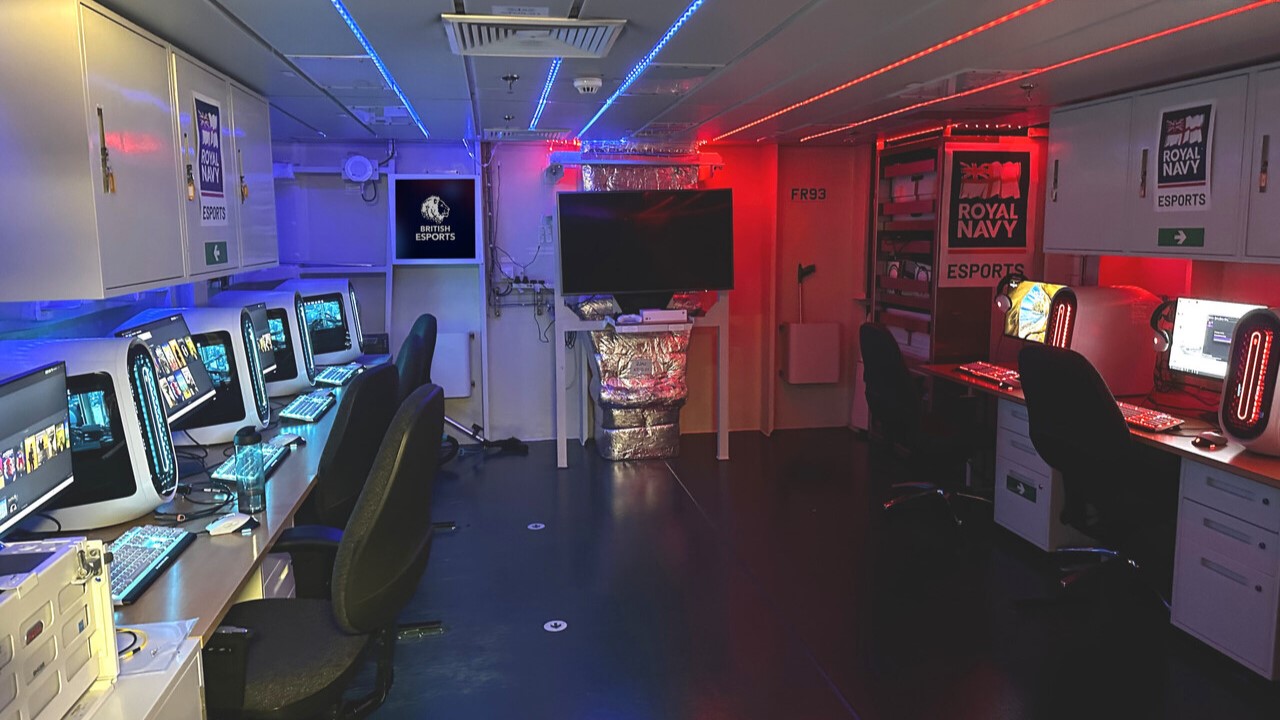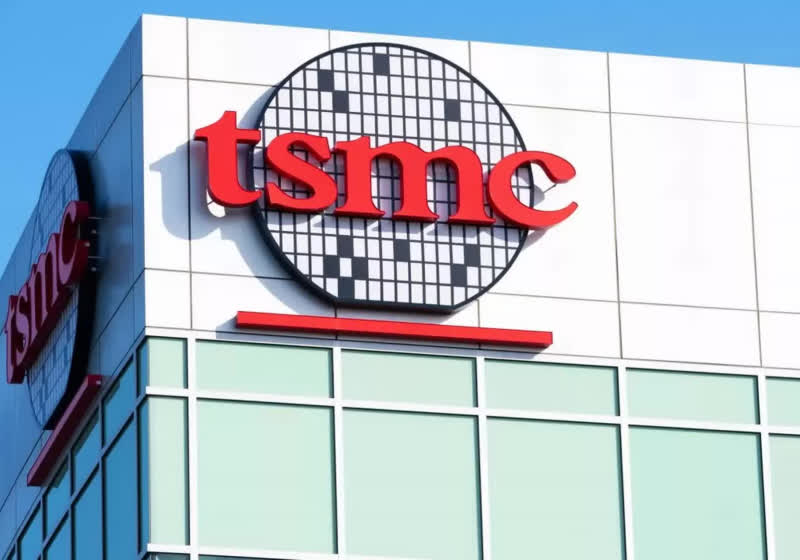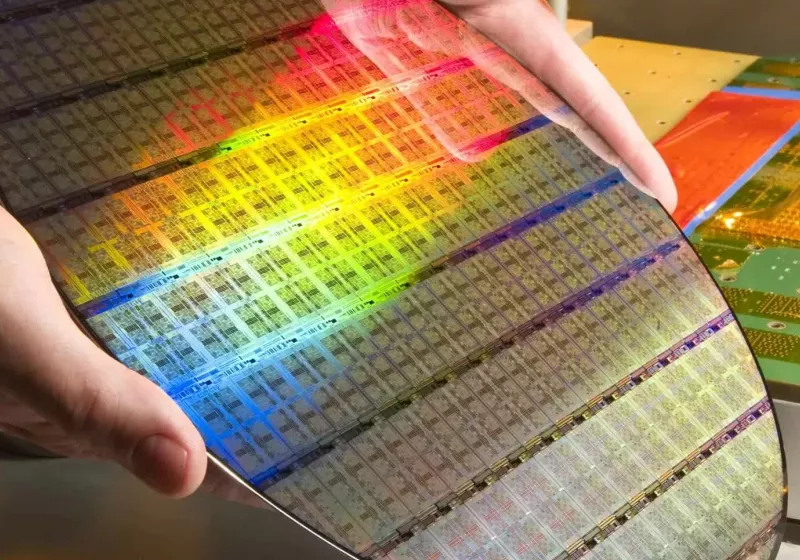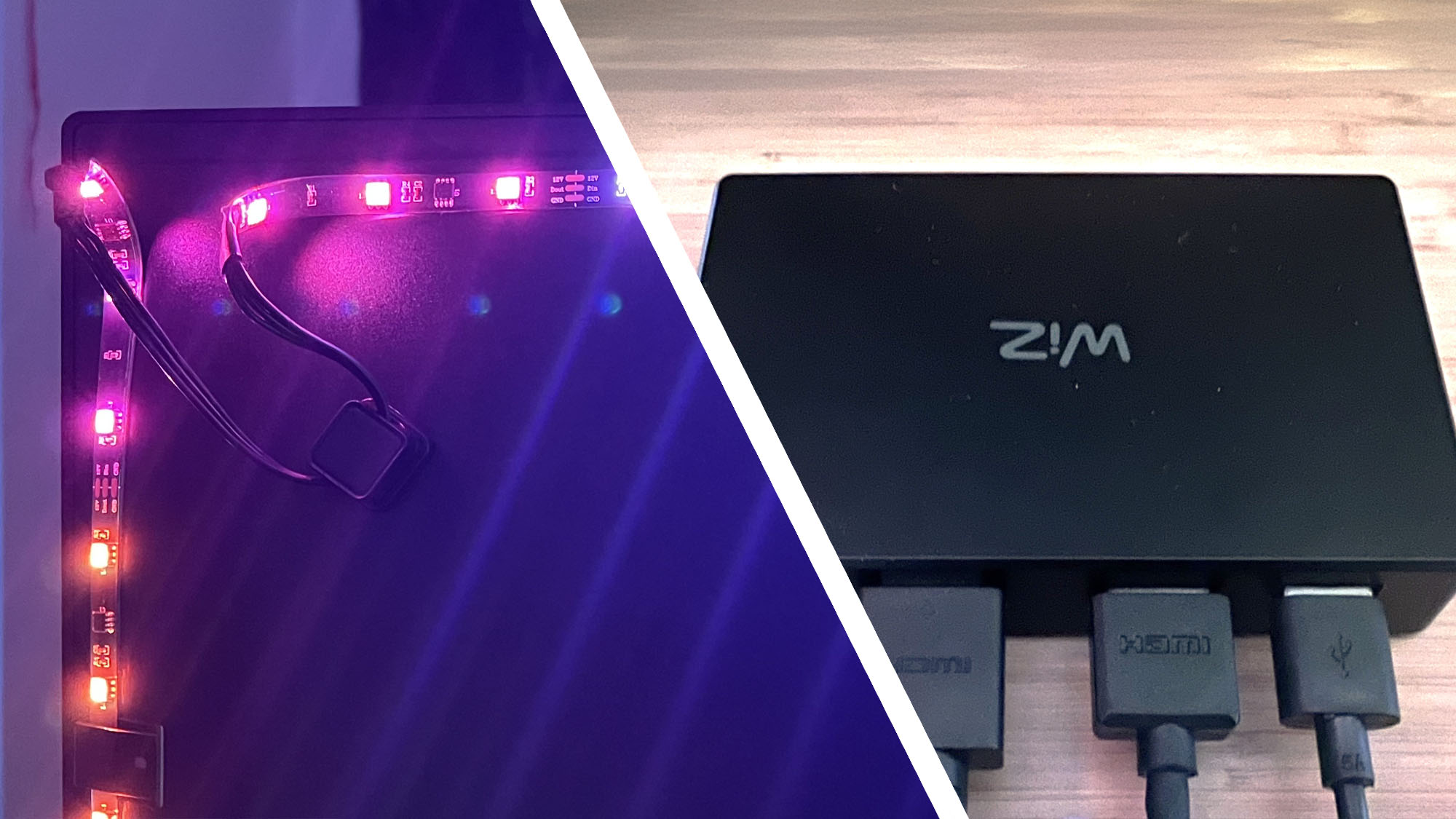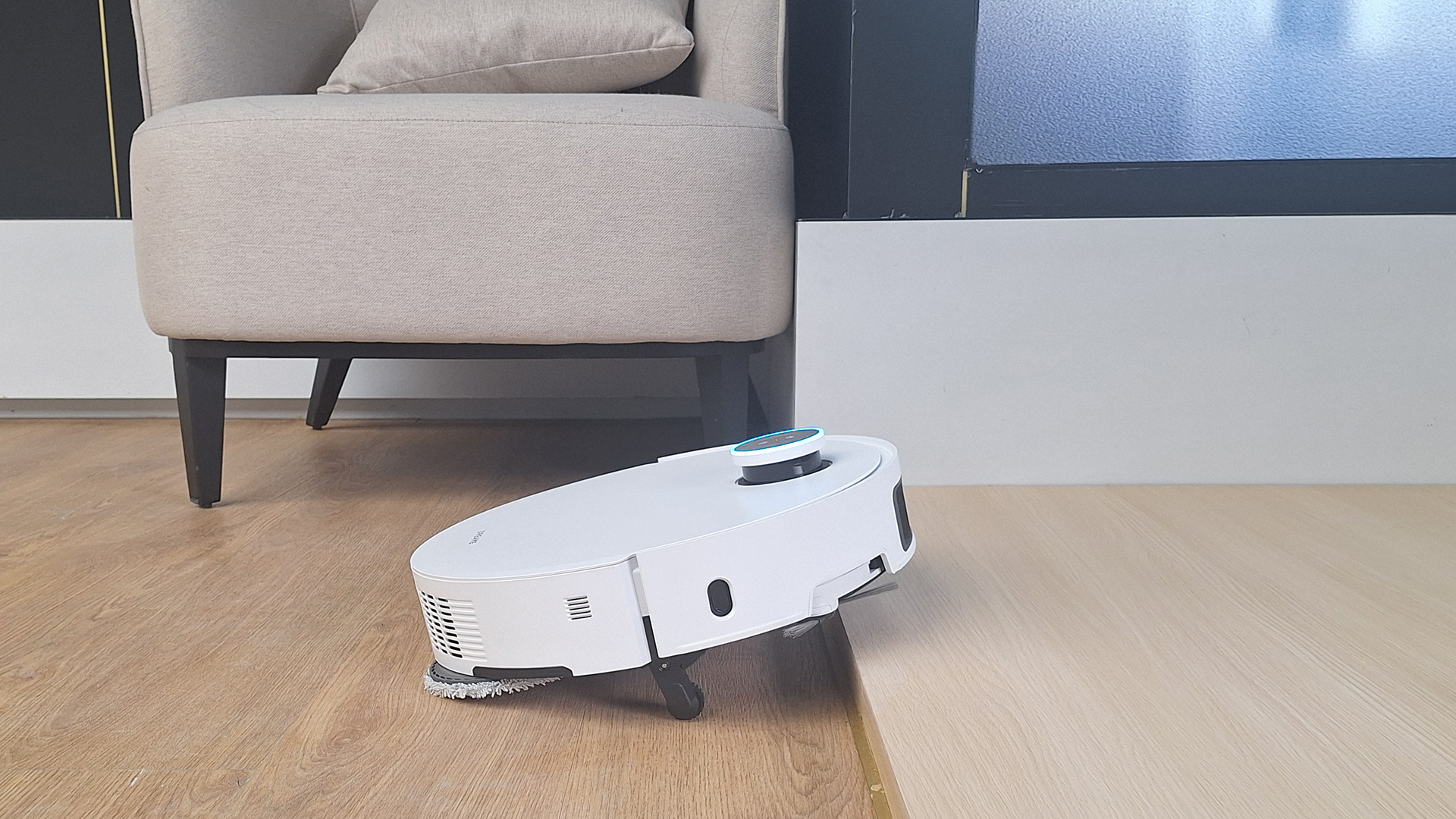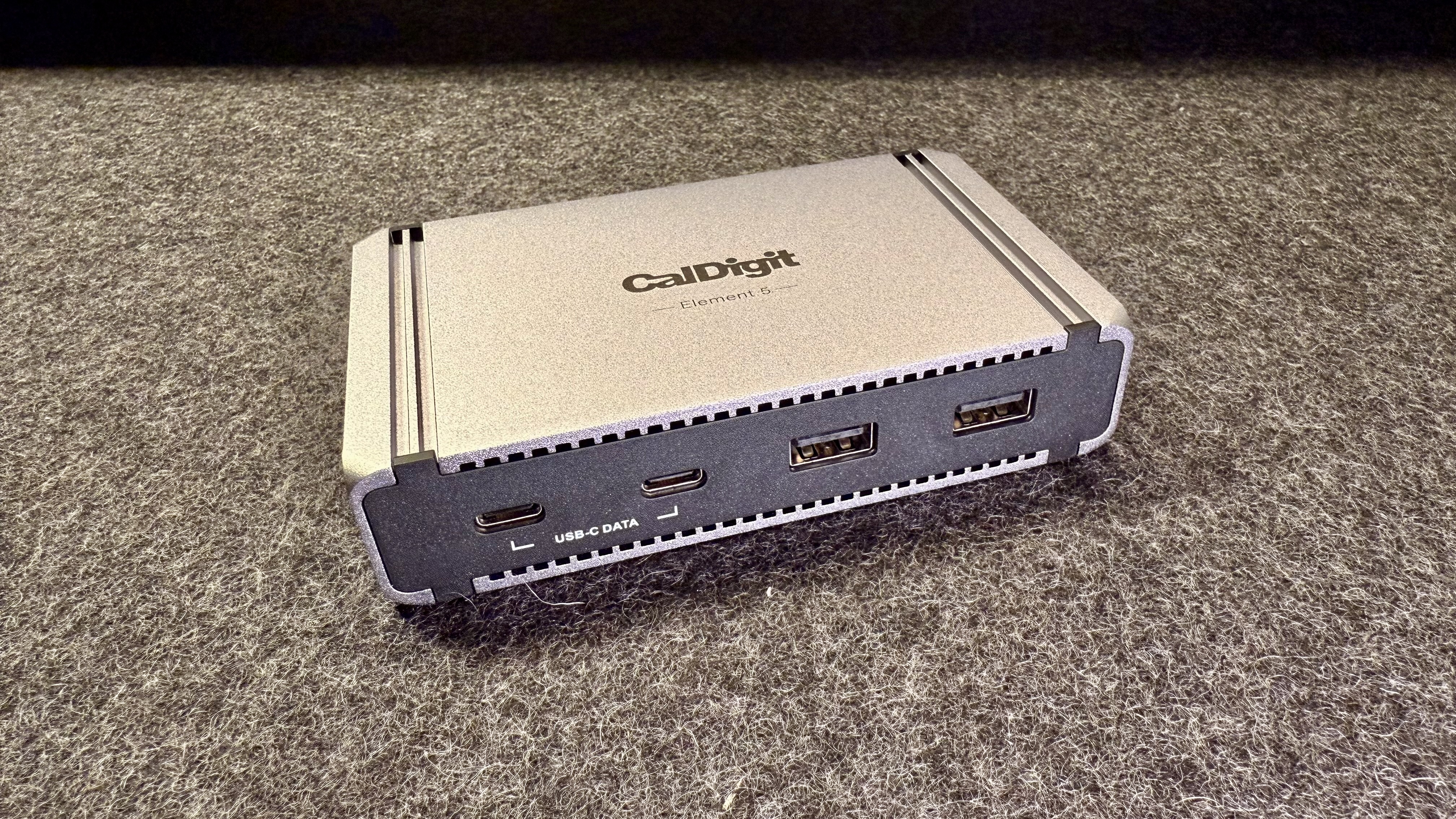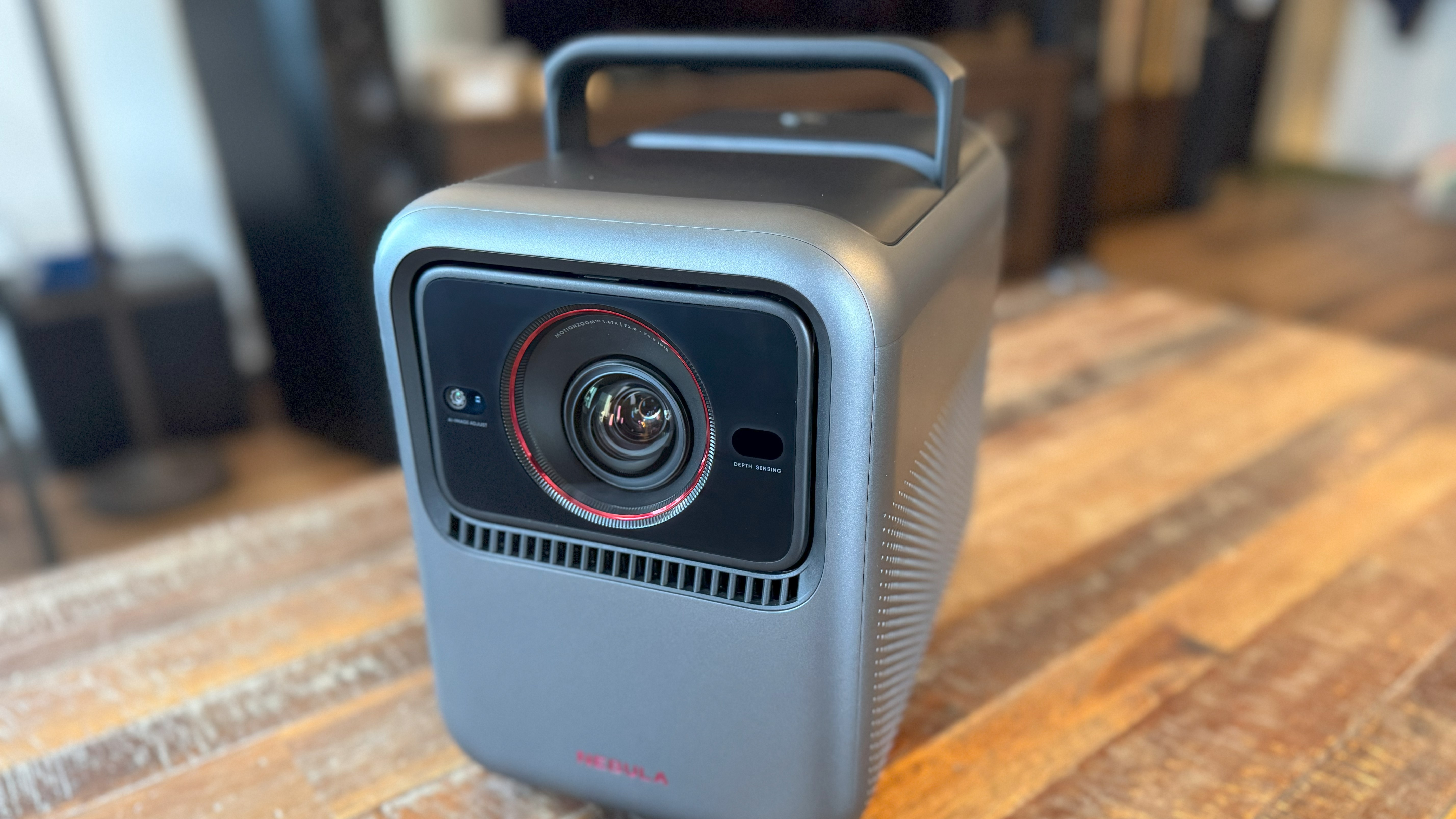Film Friday: the fascinating story of Kodak's secret nuclear knowledge
On July 16, 1945, the United States conducted the world's first test of a nuclear bomb. The Trinity test sent fallout well beyond the desert of New Mexico, though, and an unlikely source discovered it. A video from YouTuber Veritasium details that incident, explaining how famous film company Kodak accidentally discovered radiation on its X-ray film. It's not a new video, and it's a story that may be familiar to some, but it's too fascinating not to share again. As the video explains, in 1945, Eastman Kodak Company noticed fogging on its X-ray film. The company began testing and discovered unusual radioactive contamination on the strawboard material used for packaging its photo-sensitive films. The board was produced at a mill in Vincennes, Indiana on August 6, 1945, not long after the nuclear test and, coincidentally, the same day Hiroshima was bombed. After further testing between September and December 1945, Kodak noticed the boards showed fairly strong beta-activity, which ruled out naturally radioactive materials. Eventually, Kodak determined that this radiation was consistent with the isotope Cerium-141. A paper published in Physical Review in 1949 reports Kodak's findings: "The most likely explanation seems to be that it was a wind-borne fission product derived from the atom-bomb detonation in New Mexico on July 16, 1945." In January 1951, Kodak noticed continued problems. The company complained to the US government and threatened to sue, so the "Atomic Energy Commission agreed to give the company 'advance information on future tests,' including 'expected distribution of radioactive material in order to anticipate local contamination,'" explains the Institute for Energy and Environmental Research. This isn't the only weird story about Kodak, either. For years, the company's film production wing was owned by the UK government's pension fund. Both are intriguing situations that are just part of Kodak's interesting history.
On July 16, 1945, the United States conducted the world's first test of a nuclear bomb. The Trinity test sent fallout well beyond the desert of New Mexico, though, and an unlikely source discovered it. A video from YouTuber Veritasium details that incident, explaining how famous film company Kodak accidentally discovered radiation on its X-ray film. It's not a new video, and it's a story that may be familiar to some, but it's too fascinating not to share again.
As the video explains, in 1945, Eastman Kodak Company noticed fogging on its X-ray film. The company began testing and discovered unusual radioactive contamination on the strawboard material used for packaging its photo-sensitive films. The board was produced at a mill in Vincennes, Indiana on August 6, 1945, not long after the nuclear test and, coincidentally, the same day Hiroshima was bombed.
After further testing between September and December 1945, Kodak noticed the boards showed fairly strong beta-activity, which ruled out naturally radioactive materials. Eventually, Kodak determined that this radiation was consistent with the isotope Cerium-141. A paper published in Physical Review in 1949 reports Kodak's findings: "The most likely explanation seems to be that it was a wind-borne fission product derived from the atom-bomb detonation in New Mexico on July 16, 1945."
In January 1951, Kodak noticed continued problems. The company complained to the US government and threatened to sue, so the "Atomic Energy Commission agreed to give the company 'advance information on future tests,' including 'expected distribution of radioactive material in order to anticipate local contamination,'" explains the Institute for Energy and Environmental Research.
This isn't the only weird story about Kodak, either. For years, the company's film production wing was owned by the UK government's pension fund. Both are intriguing situations that are just part of Kodak's interesting history.

